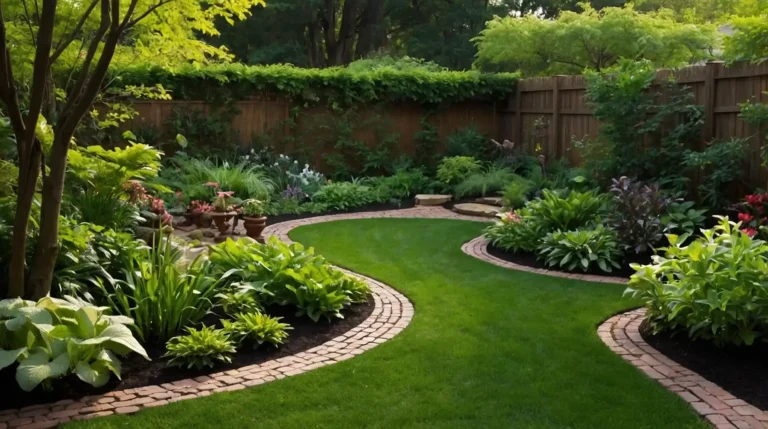15 Best DIY Duck Enclosure Ideas for Backyard Poultry Enthusiasts
Building a duck enclosure can be a fun and rewarding project.
You’ll create a safe home for your feathered friends while adding a unique feature to your property.
A well-designed duck enclosure keeps your ducks happy and healthy. It protects them from predators and harsh weather.
With some creativity, you can make an enclosure that looks great and meets all your ducks’ needs.
1: A-Frame Wooden Duck House

An A-frame wooden duck house is a great choice for your feathered friends.
This design offers good protection from rain and predators.
You can build it using plywood and lumber. The sloped roof helps water run off easily.
Make sure to add ventilation and insulation for comfort.
2: PVC Pipe Duck Shelter
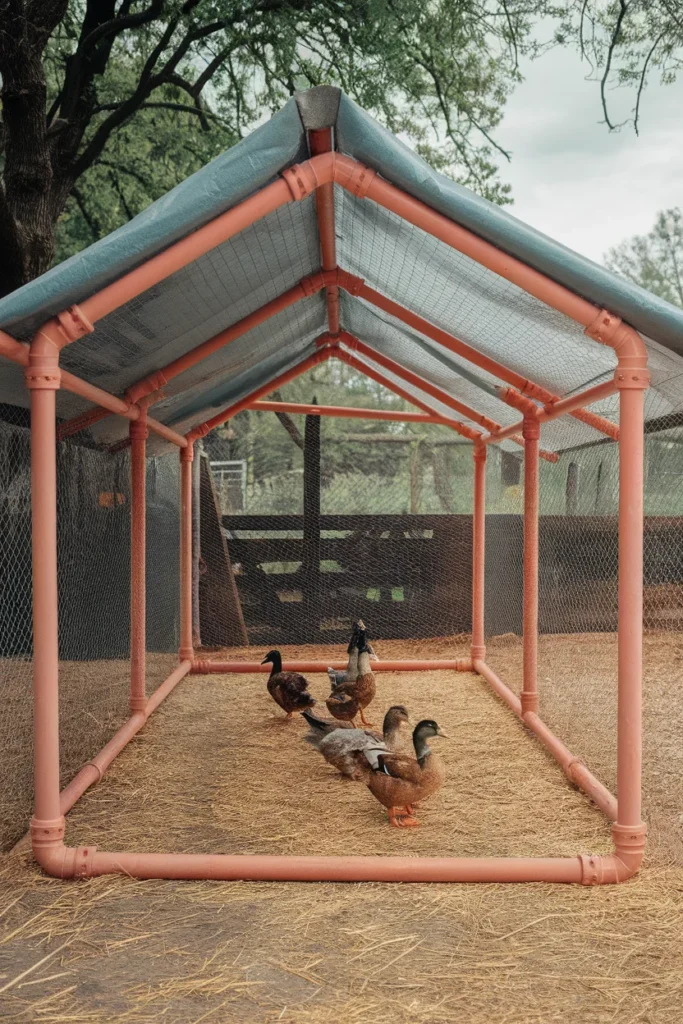
PVC pipe makes a great material for building a duck shelter. It’s cheap, easy to work with, and waterproof.
You can create a simple frame using PVC pipes and connectors. Cover the frame with chicken wire or plastic netting to keep ducks safe.
Add a tarp roof to protect from rain and sun.
3: Pallet Wood Enclosure

You can build a duck enclosure using old wooden pallets. This eco-friendly option is budget-friendly and sturdy.
Stack and secure the pallets to form walls, then add a roof for protection.
Make sure to seal any gaps to keep your ducks safe from predators.
4: Recycled Dog House Conversion

You can turn an old dog house into a cozy duck home. Clean it thoroughly and move it to your duck area.
Add a waterproof roof and ensure good ventilation. Make the entrance duck-sized and add bedding inside for comfort.
5: Greenhouse Frame Pen

A greenhouse frame makes a great base for a duck enclosure. You can use PVC pipes or metal poles to build the structure.
Cover it with wire mesh or chicken wire to keep ducks safe. Add a plastic or polycarbonate roof to protect from rain and sun.
This pen style gives ducks plenty of space to move around.
6: Chicken Coop Conversion
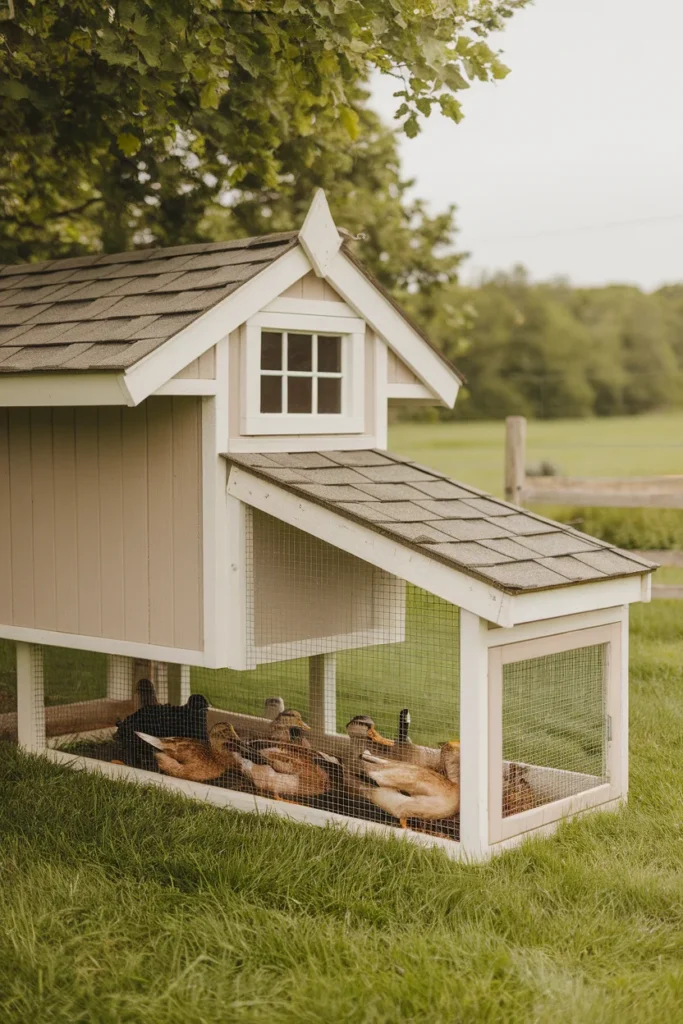
Got an old chicken coop? You can turn it into a duck house.
Lower the roof to fit ducks’ needs, and then remove roosting bars and extra nesting boxes.
Add ventilation for good airflow. This easy change gives your ducks a cozy home.
It’s a smart way to reuse what you already have.
7: Mobile Duck Tractor

A mobile duck tractor is a great way to keep your ducks safe while giving them fresh grazing areas.
You can build one using PVC pipes or wooden boards for the frame.
Add wheels to make it easy to move. This setup lets your ducks enjoy different spots in your yard while staying protected.
8: Old Trampoline Framework
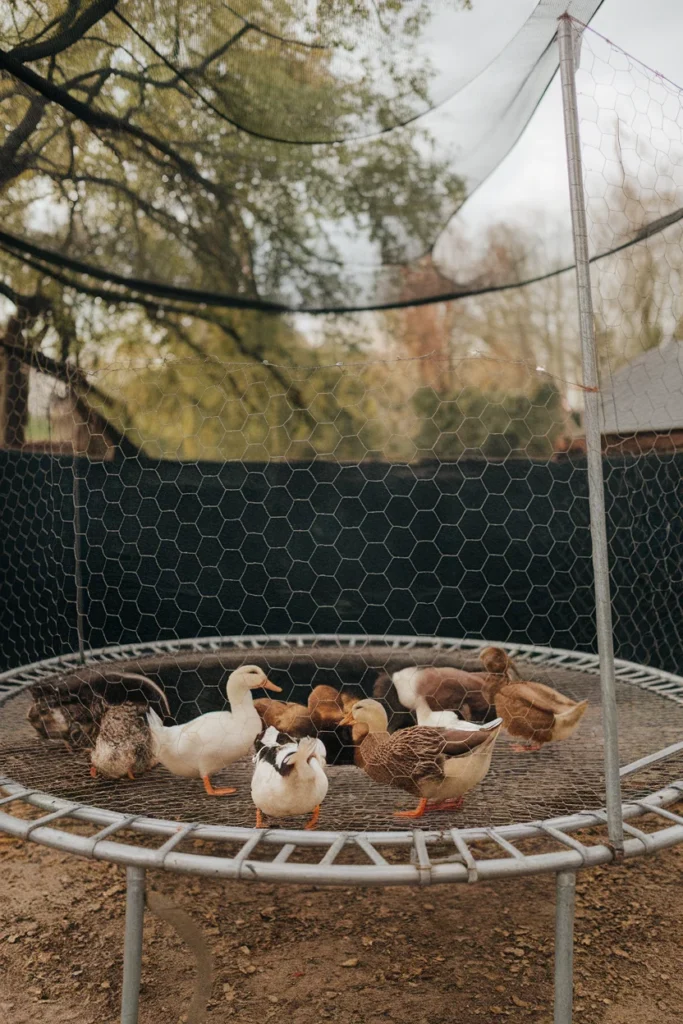
An old trampoline frame can be turned into a great duck enclosure.
Remove the mat and springs, leaving just the round frame.
Wrap chicken wire around it to create walls. Add a roof using netting or more wire.
This creates a safe, spacious area for your ducks to roam.
It’s an easy and affordable way to reuse something you might already have.
9: Cold Frame Duck House

A cold frame can be repurposed into a cozy duck house. You can transform an old cold frame by adding a sturdy floor and insulation.
This creates a snug shelter for your ducks. Make sure to add ventilation holes and a small entrance.
You can also include nesting boxes inside for egg-laying.
10: Plastic Barrel Nesting Box

You can make a cozy nesting box for your ducks using a plastic barrel.
Cut the barrel in half lengthwise to create two nest areas.
Add some straw or wood shavings inside for comfort. Place the barrel in a shaded spot to keep your ducks cool.
11: Wire Cage Enclosure with Tarp
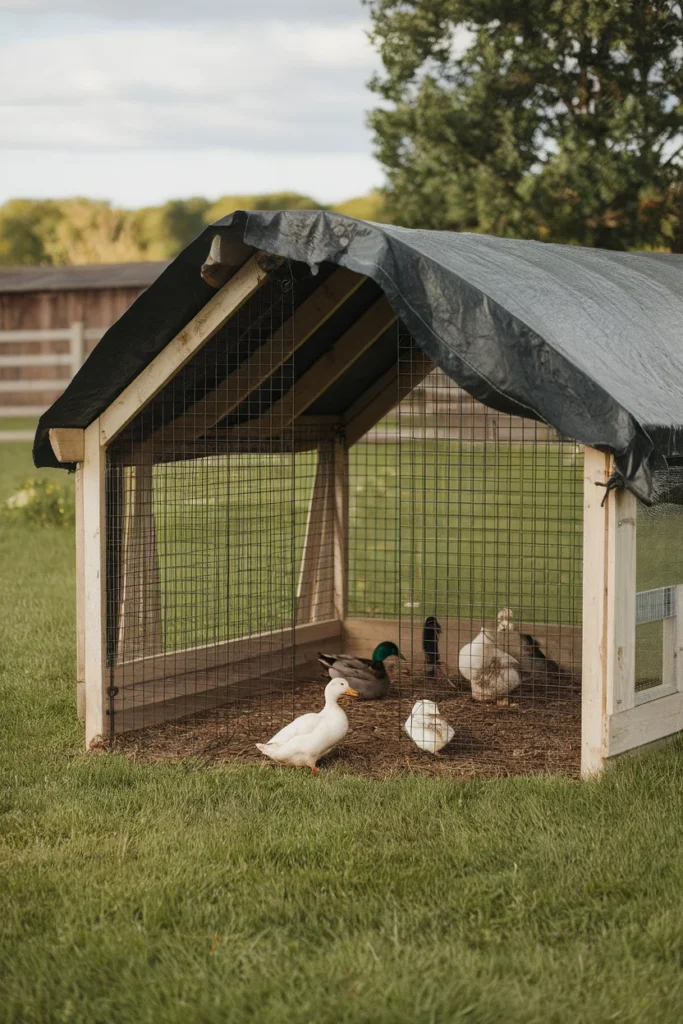
A wire cage enclosure with a tarp is a quick and easy DIY duck housing option.
Use sturdy wire mesh to form the walls and roof of the enclosure.
Secure the wire to wooden posts or a frame for stability.
Cover the top with a durable tarp to protect your ducks from rain and sun.
This setup offers good ventilation while keeping predators out.
It’s also portable, allowing you to move it as needed.
12: Cattle Panel Hoop House

A cattle panel hoop house makes a great duck enclosure. You can build one using 16-foot cattle panels and T-posts.
Bend the panels into arches and secure them to the posts. Cover with wire mesh or plastic sheeting for protection.
This design is sturdy, affordable, and gives ducks plenty of space to roam. You can customize the size based on your needs.
13: Brick and Mortar Duck Hut

A brick-and-mortar duck hut offers durability and insulation. You can build it with a standard bricks and mortar mix.
Add a sloped roof for water runoff and include a small door for your ducks to enter and exit easily.
14: Repurposed Shed Coop
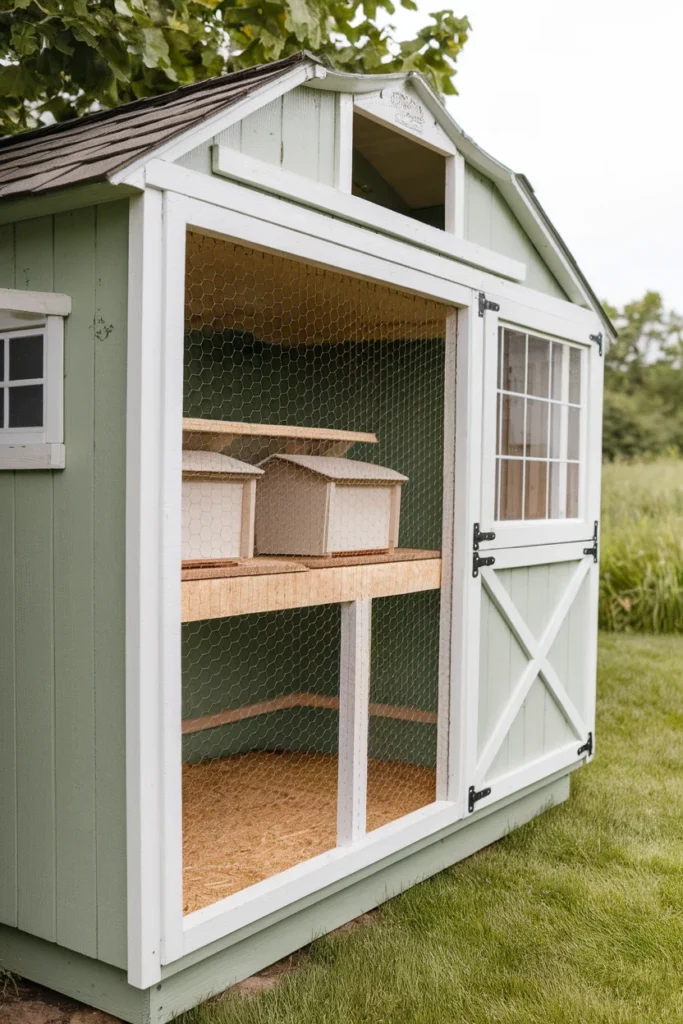
Got an old garden shed? Turn it into a duck house! Cover openings with chicken wire for safety and add nesting boxes inside.
Paint the exterior to protect it from the weather. Make sure the floor is waterproof and install proper ventilation. Your ducks will love their new home!
15: Bamboo DIY Duck House

A bamboo duck house offers a natural and eco-friendly shelter for your ducks.
You can build it using bamboo poles for the frame and walls.
Add a slanted roof with bamboo or palm leaves to keep rain out.
Make sure the house is sturdy and has good ventilation for your ducks’ comfort.
Frequently Asked Questions
Duck owners often have questions about creating the best enclosures for their feathered friends. Here are answers to some common queries about building duck coops and pens.
How can you design a duck coop suitable for winter conditions?
To make a winter-ready duck coop, focus on insulation and draft prevention. Use thick wooden walls and add extra insulation.
Make sure the roof is waterproof and sloped to shed snow. Put straw on the floor for warmth and include small, covered windows for light and ventilation.
What are innovative duck pen flooring solutions?
For duck pen floors, try using rubber mats or stall mats. These are easy to clean and comfortable for ducks’ feet.
Another option is to use sand, which drains well and can be raked clean. You can also try a mix of straw and wood shavings for a cozy, absorbent floor.
What factors should be considered when building a combo coop for chickens and ducks?
When making a shared coop, think about the different needs of ducks and chickens. Ducks need more floor space and lower roosts, while chickens like high perches.
Make separate feeding areas to avoid messes and include a small pool for ducks that chickens can’t access. Ensure good ventilation for both species.
What is the optimal size for a duck enclosure to accommodate a flock of 15?
For 15 ducks, aim for at least 150 square feet of enclosed space. This gives each duck about 10 square feet.
Make the outdoor run even larger, around 300-450 square feet. This extra space lets ducks move around, swim, and play. Remember, more space is always better for happy, healthy ducks.
How do you incorporate a pool into a duck coop design?
Add a small kiddie pool or a shallow pond to your duck coop. Place it on a slight slope for easy draining and put it near the coop entrance for easy access.
Surround the pool with rocks or pavers to reduce mud. Make sure the pool is shallow enough for ducks to get in and out easily.
Where can one find duck house plans that are suitable for DIY projects?
You can find DIY duck house plans online on homesteading websites and forums. Many farm supply stores offer free plans.
Check out YouTube for video tutorials on building duck coops. Some popular designs include A-frame coops and converted dog houses.
Look for plans that match your skill level and the number of ducks you have.


